5 Trends in NFT Art That Show This Space is Cooking
From glitch art to net art, and everything in between
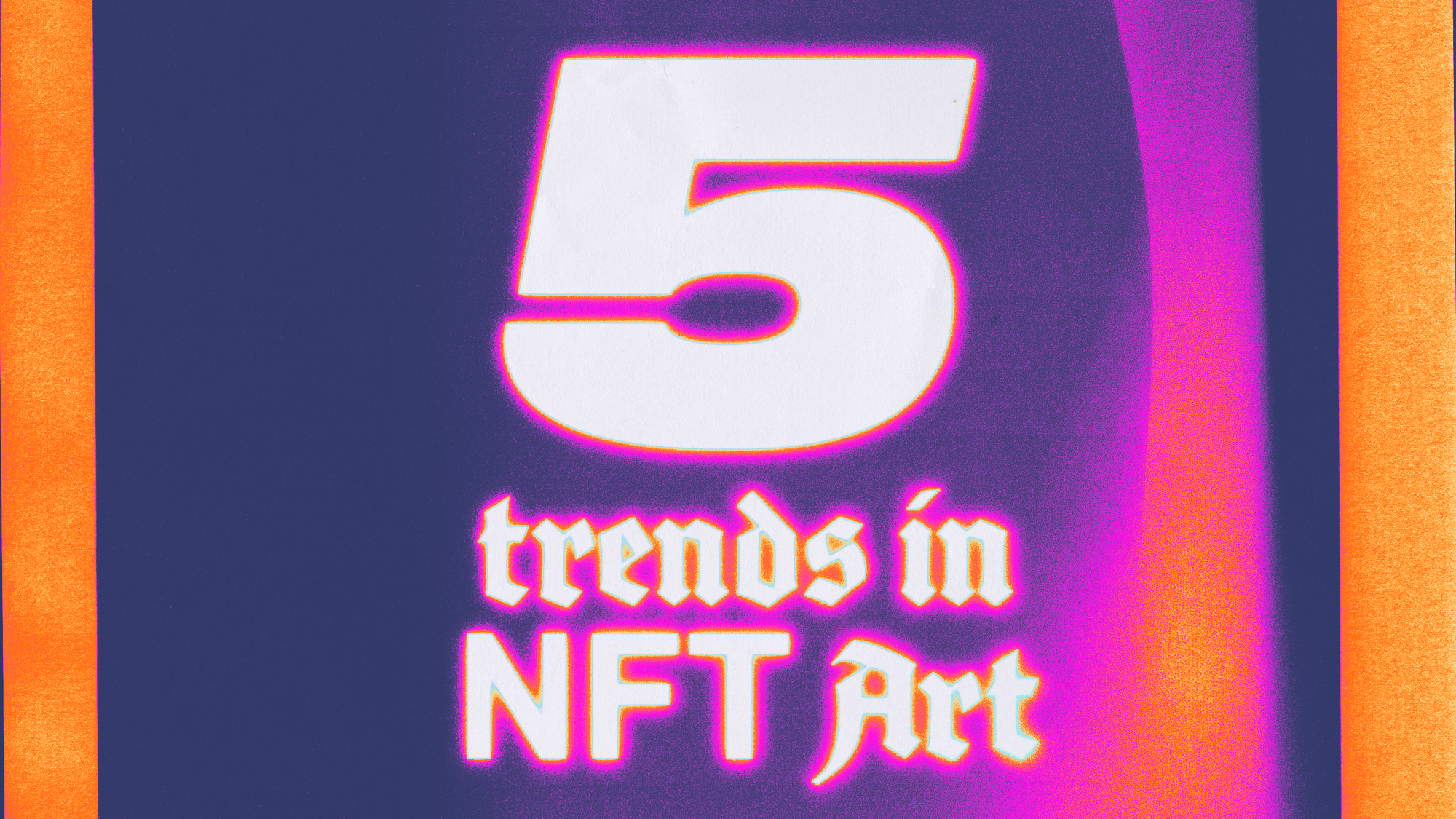
The NFT art scene is full of experimentation and innovation. Artists all over the world have seen the creative and commercial value in NFTs and brought their talents onchain. We’ve picked 5 key trends that you should know about, but you best believe there’s plenty more (stay tuned!).
Today we’re looking at Trash, Generative, Glitch, Network, and AI art. Each of these trends has roots in art history — but they’re also deeply invested in onchain culture. Let’s get into it.
1. Trash Art
The Trash art movement was a key moment in the history of NFT art. To put it super simply, trash art reuses existing media to create new works. It’s intentionally low-effort — and it’s punk AF. It all started in 2020 when artist Robness created ‘64 Gallon Toter’ - a GIF which repurposed a stock photo from the Home Depot website.
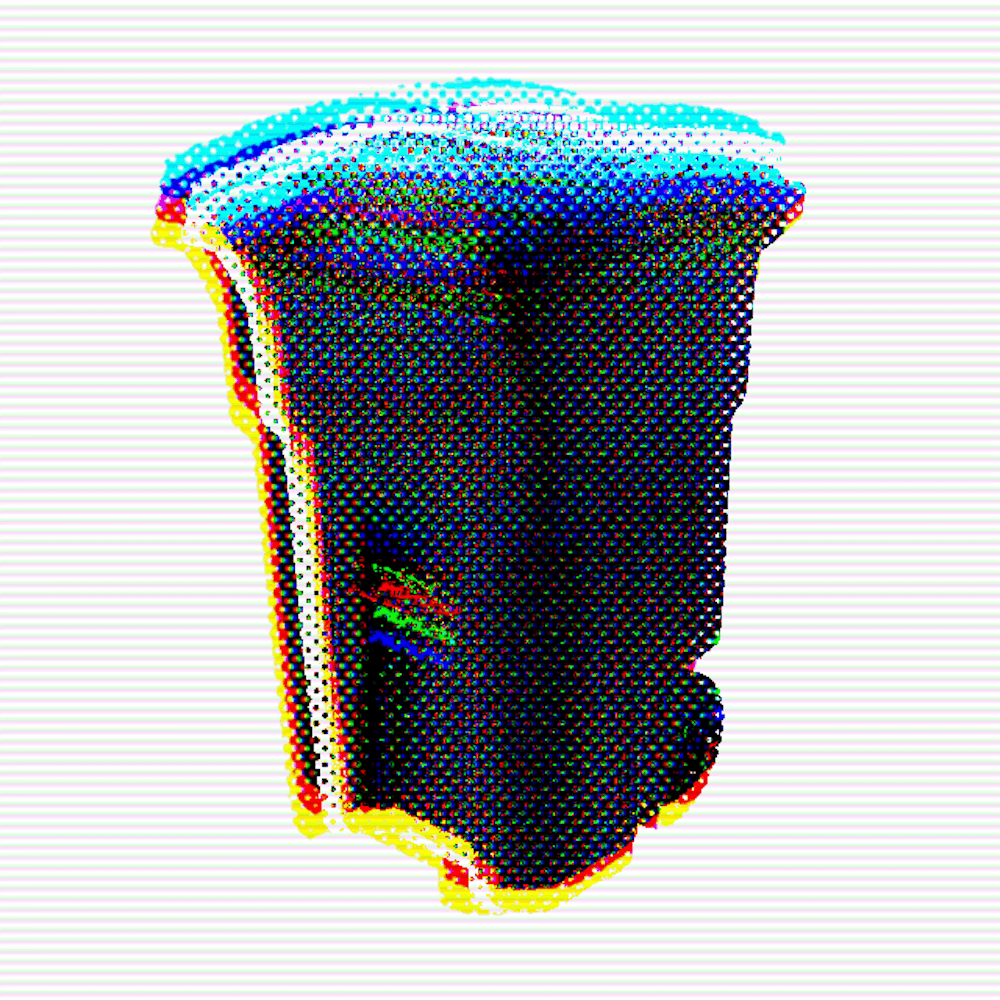
The piece caused quite a stir. Collectors complained that it made a mockery of “real art”, and SuperRare removed the work for fear of copyright infringement. Robness himself was ultimately removed from the platform too.
But of course, as we all know by now — the more you try to silence something, the louder it gets. In a total rejection of what they saw as snobbery and censorship, artists flooded major marketplaces with low-effort artworks, many including the now iconic symbol: the trash can. And so - a movement was born.
Trash art rejects the idea that art can be dictated or censored, and states loud and clear: art is about freedom. If you ask us, trash art really captures the spirit of NFTs and the crypto community — rebellion, sovereignty, and sticking it to the man.
Jay Delay's 'Ai Meditations on DIGITAL TRASH'
2. Generative Art
Generative Art has been around almost as long as computers have (check out Harold Cohen’s computer-generated paintings from the 1960s). Generative art basically refers to any artwork created algorithmically — the artist writes the code, sets the parameters, and then lets the algorithm go wild.
This technique is well suited to the NFT format, and an interesting mechanism has taken hold in generative NFTs. On platforms such as Art Blocks, the artworks are created only when the NFTs are minted, meaning that collectors are buying artwork without having seen it. This mystery becomes part of the artwork’s meaning, and in generative art NFTs the market and the artwork are intricately linked.
Stylistically, generative art often plays with pattern and color — think Tyler Hobbs’ Fidenza or Snowfro’s Chromie Squiggle. It doesn’t have to though — just look at Maya Man’s FAKE IT TILL YOU MAKE IT.
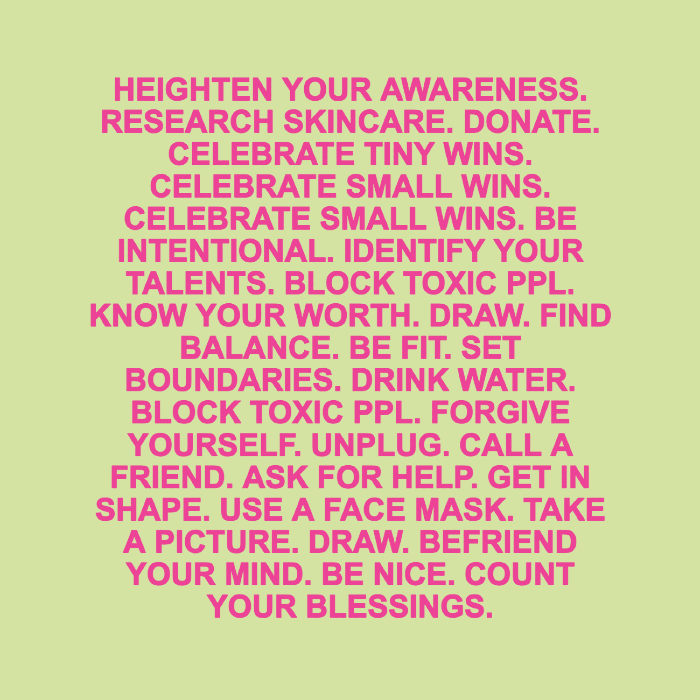
We recently teamed up with Andre OShea to release a series of generative ordinals over on Gamma.io. ‘Nexus Grids’ uses color, pattern, and language to delve into the creative process and the mind of the artist.

3. Glitch Art
Glitch has been a staple of digital art pretty much since day one. You could call it a trend, but you could also call it a medium, an effect (or even a state of mind). Aesthetically, glitch art encompasses a range of effects, from pixelation to double exposures, light leaks to strobe flashing, noise and grain. These are all features of old analog technology, where materials would falter and degrade. Modern technology does away with a lot of this visual noise, but something about it has captured our hearts, and artists continue to play with Glitch to this day.
Probably the biggest name here is XCOPY, whose work is instantly recognizable, in large part thanks to his use of Glitch. XCOPY’s work manages to feel both nostalgic (referring back to a different technological time) and incredibly modern (often exploring the culture and mechanics of crypto art itself).

Glitch art can also appear as a still image. Jamie Derringer’s colorful compositions are caught somewhere between an abstract landscape and a broken computer screen, perfectly illustrating how glitch takes the language of computer aesthetics and the language of error or mistakes, and turns it into something beautiful.
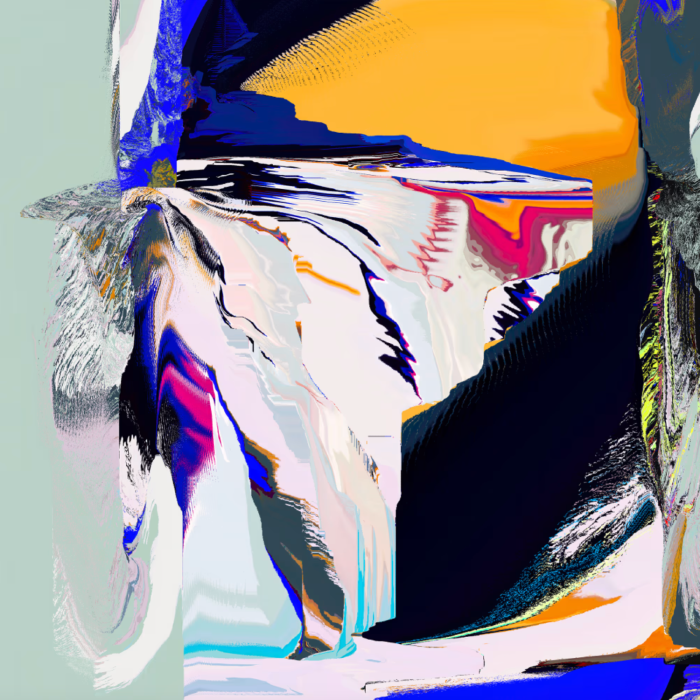
4. Net. Art
Network art can be a little hard to pin down. In a basic sense, network art is any art that is both dependent upon, or refers to a network. It has its roots in the early days of web1 when artists were creating work that existed only online, and explored the new network technology that was the internet.
In NFT art, the blockchain becomes the main network that informs the work. Probably the most fully realized example of this is Terraforms by Mathcastles studio (created by two anonymous developers: 0x113d and xaltgeist).
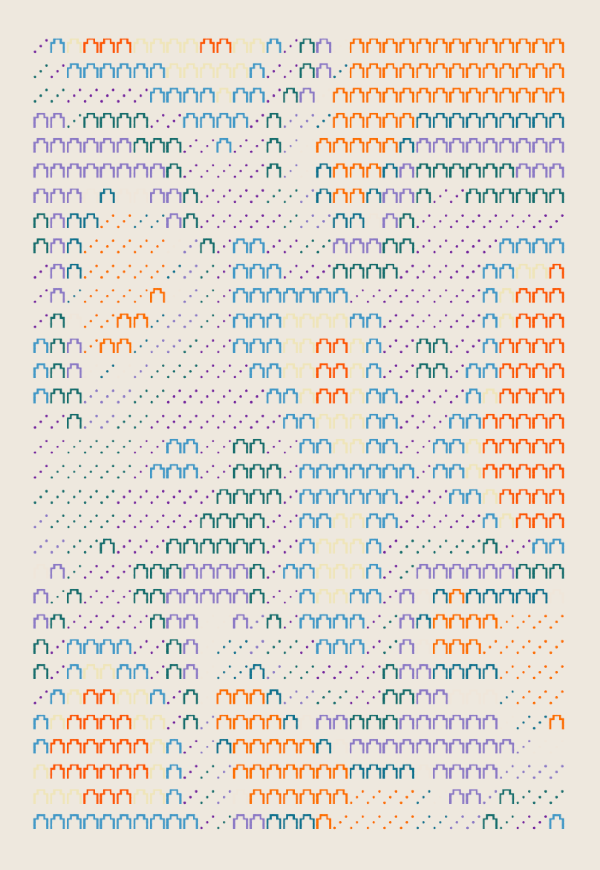
This is a multi-layered art project consisting of 11,000 generative NFTs or “terraforms”. Each one is a piece of animated art created in a web browser using javascript and stored in an SVG file.
Each NFT is interactive, editable, and is tied conceptually to a larger, essentially invisible piece called the hypercastle. The pieces are stored directly onchain, on Ethereum, and it is the functionality of the code and the mechanics of NFTs that are central to the work’s meaning.
mmmatto dot eth does an amazing rundown on the intricacies of 'Terraforms' by Mathcastles
5. Surrealist AI Art
AI is an instrument in many artist’s toolboxes, and can be used in subtle and not-so-subtle ways. We’re particularly fascinated by the surreal, fantastical outputs that look like the stuff of dreams (and nightmares).
On the one hand you have art that plays into the weird mistakes that AI models tend to make — the disfigured limbs, the nonsensical structures etc. — and makes them part of the work. A good example here is Roope Rainisto, whose distorted figures and warped scenes offer a glimpse into a world of surrealistic AI horror.
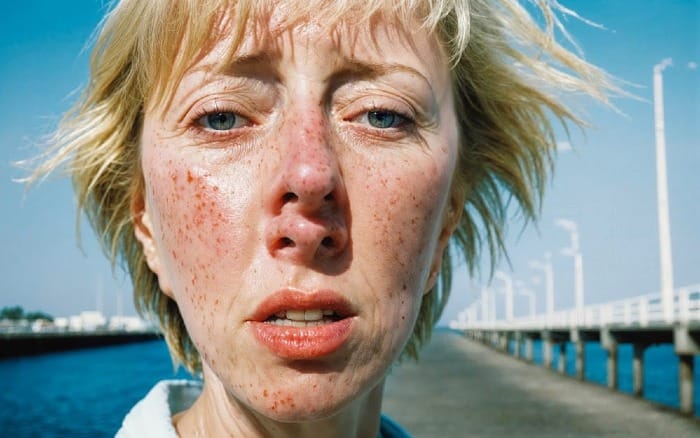
A slightly more light-hearted use of AI’s surreal qualities is the work of Nice Aunties. A huge name in AI art, Nice Aunties' 'Auntiverse' is an artistic world-building project exploring the phenomenon of the “auntie” in Asian culture. Most of these works are fun and even amusing, though always with a hint of the uncanny, a dash of creepy.

NFT art is on fire
The art being created onchain right now is next level. Artists are creating works that are not only fun to collect and own, but are also tied to a rich history of art and tech.
The aesthetic language of the early internet, as well as the idealism of web3 play an important role in NFT art today. For these artists, the NFT is more than just a sales mechanism — it’s the perfect medium to rebel, to express, to experiment and explore. There’s tons more amazing styles and trends making waves in NFT art, stay tuned for more deep dives into onchain culture.

